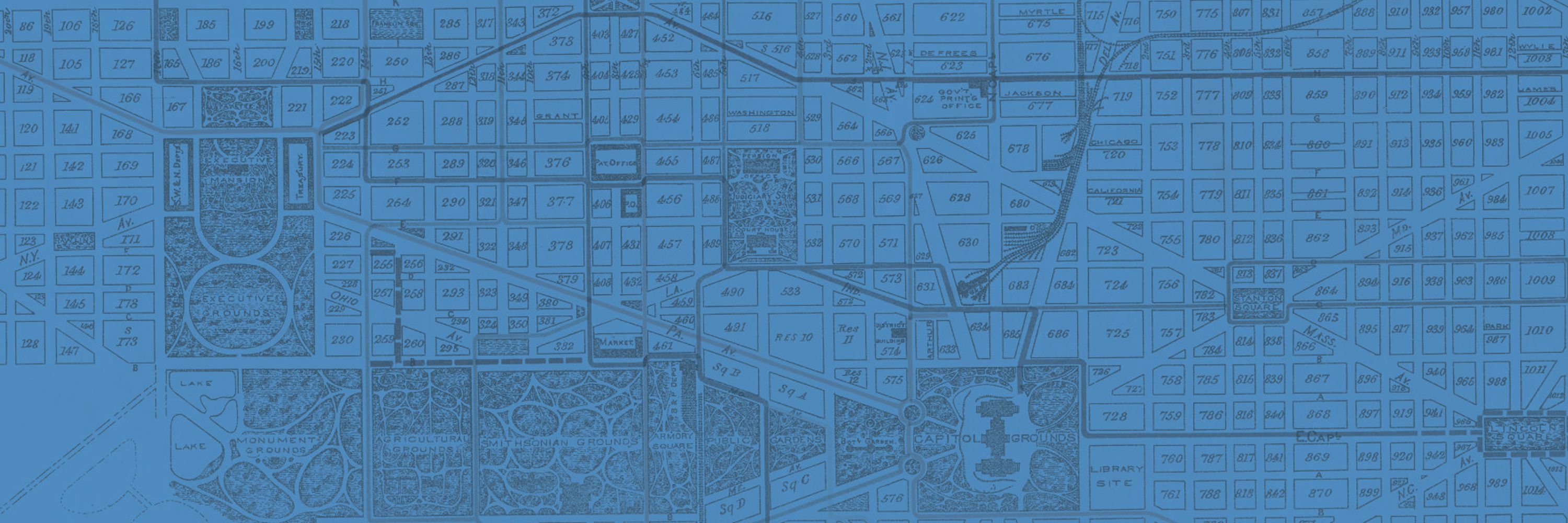
dchistory.org
📸 Woman on bicycle with Christmas tree leaving Hechinger Company Store #19, in Woodbridge, Virginia, c. 1976-1985 (Hechinger Company records, CHS 12672.52)

📸 Woman on bicycle with Christmas tree leaving Hechinger Company Store #19, in Woodbridge, Virginia, c. 1976-1985 (Hechinger Company records, CHS 12672.52)

Wishing everyone a cozy, sugar-filled Thanksgiving from the DC History Center!

Wishing everyone a cozy, sugar-filled Thanksgiving from the DC History Center!
🛍️ Shop locally made products in the gift shop and be the first to check out our new merch
✂️ Collage holiday cards and paper ornaments using reproduction images from our collection, festive paper, and sparkly adornments
🔵 Play classic recess games

🛍️ Shop locally made products in the gift shop and be the first to check out our new merch
✂️ Collage holiday cards and paper ornaments using reproduction images from our collection, festive paper, and sparkly adornments
🔵 Play classic recess games


📸 “The City of Washington in 1800,” from the Thomas Machen collection of Early Prints Relating to Washington, DC (MA 015)

📸 “The City of Washington in 1800,” from the Thomas Machen collection of Early Prints Relating to Washington, DC (MA 015)

#VeteransDay


#VeteransDay







Celebrate the Mt. Pleasant Neighborhood Library’s 100th birthday on Saturday, November 8th from 2-5pm!

Celebrate the Mt. Pleasant Neighborhood Library’s 100th birthday on Saturday, November 8th from 2-5pm!












Born and raised in Washington, DC, Charles Hamilton Houston (1895–1950) was a brilliant legal mind whose work laid the foundation for the end of segregation in America.

Born and raised in Washington, DC, Charles Hamilton Houston (1895–1950) was a brilliant legal mind whose work laid the foundation for the end of segregation in America.




✨ The DC Archives
✨ DC History Center
(1/5)

Join the DC History Center & Charles Sumner School Museum and Archives for a book talk about the history of Black public education and school architecture in the nation’s capital.

Join the DC History Center & Charles Sumner School Museum and Archives for a book talk about the history of Black public education and school architecture in the nation’s capital.

